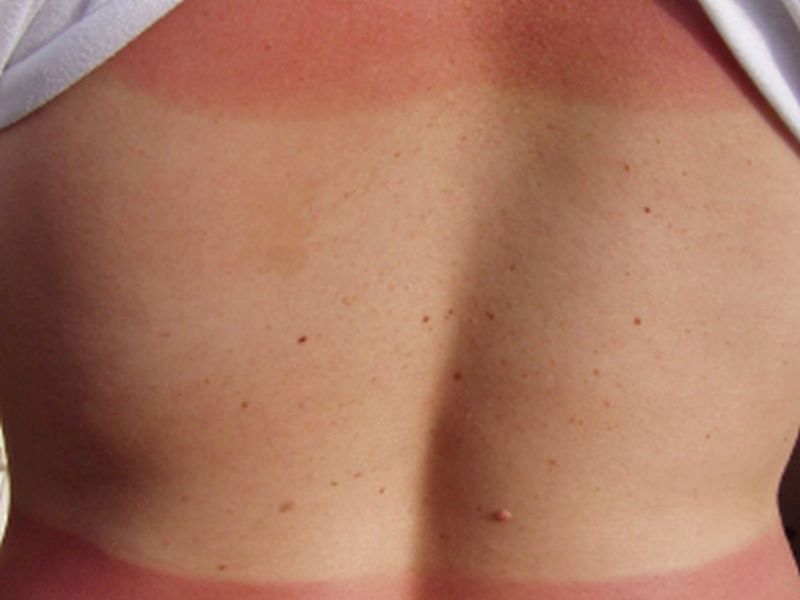
Rates of melanoma cases and deaths are either rising or falling, depending on which state you might be living in, a new study finds.
Between 2003 and 2013, Americans living in the Midwest and South, especially, tended to have rising rates of both the incidence of melanoma and deaths related to the skin cancer, researchers found.
“The Northeast, specifically New England, is the only U.S. geographic region in which most states experienced a reduction in both death and incidence rates,” wrote a team led by Dr. Robert Dellavalle of the Denver Veterans Affairs Medical Center and the University of Colorado School of Medicine.
One skin cancer specialist who reviewed the findings said they highlight the need for better sun-safety education.
“As a medical community, we still have work to do in educating the public — especially in certain states — on the importance of sun-smart behavior and also regular skin cancer screenings by a dermatologist, ideally on an annual basis,” said Dr. Doris Day. She’s a dermatologist at Lenox Hill Hospital in New York City.
In the study, Dellavalle’s team compared 2003 and 2013 regional data from the U.S. Centers for Disease Control and Prevention.
The investigators found that melanoma death rates have risen in many U.S. states. Death rates rose in 21 of 48 states with data for both 2003 and 2013, while they fell in 23 states. The rates stayed the same in four states.
In terms of new cases of melanoma, most states showed an increase over the 10 years of the study. Thirty-eight of 49 states with data for 2003 and 2013 reported an increase in cases, and just 11 states saw fewer cases, the findings showed.
In part, the differences in rates between the states depends on the demographics of the people who live in them, the researchers said.
Public education campaigns — such as the Melanoma Foundation of New England’s “Practice Safe Skin” initiative — can go a long way to cut melanoma incidence, Dellavalle’s team said.
That program “funded sunscreen dispensers in public and recreational areas throughout Boston and expanded to include other New England cities,” according to the researchers. Efforts like these help educate people and “may suppress the continual rise in melanoma,” they added.
Day agreed, and stressed that early detection and treatment of melanoma can bring death rates down, as well.
“With early diagnosis, we can have a cure rate as high as 98 percent,” she said. Newer, powerful “biologic” therapies can treat even advanced disease, she noted.
“The goal is always to do everything to prevent melanoma and then to find and treat it early when it does occur,” Day said.
The study was published online Dec. 28 in the journal JAMA Dermatology.
More information
There’s more on melanoma at the Skin Cancer Foundation.
Source: HealthDay

Leave a Reply